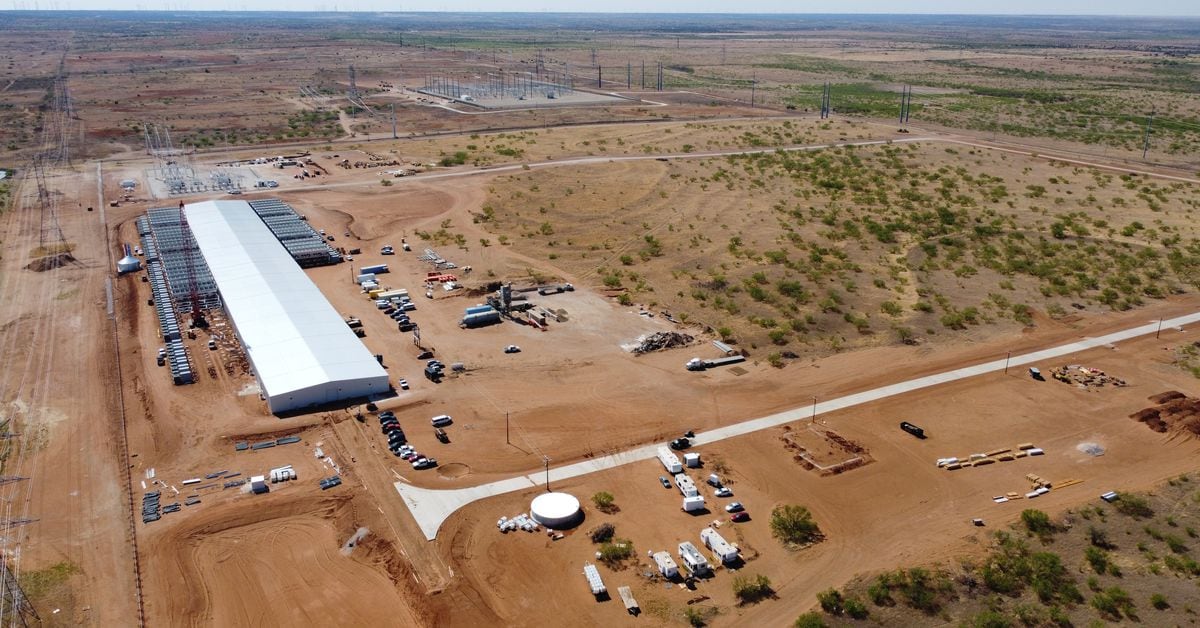The Metaverse market is estimated to grow to $100 billion by 2022; new opportunity for fintech companies

Of Agnelo Marquis
Metaverse unveils a whole new dimension, a new cosmos where the real world, augmented reality and virtual reality collide to create a shared, immersive, three-dimensional virtual experience. Cryptocurrency and digital art, namely non-fungible tokens, are widely used in the Metaverse. People are interested in alternative digital opportunities and ready to uncover new routes to frictionless financial transactions while technocrats, gaming platforms and social media enthusiasts are keen to talk about the spectacular experiences that would be seen in the Metaverse world.
Looking to the near future, Metaverse has not only emerged as a favorite among large technology companies, but also among the financial sector. Although few have tried it on a large scale, financial services have joined colleagues from other industries to study the potential of Metaverse. Financial institutions have experimented with Web3.0-enabled Metaverse spaces as well as the more conventional Web 2.0 Metaverse and are using Web 2.0 technologies to train employees, build virtual “financial cities,” telecommuting hubs, interaction spaces, and provide virtual investment advisory services.
Also read: Crude oil, rate hikes, liquidity key headwinds for Indian economy; American recession could weigh on domestic markets
Increased interoperability
The Metaverse is a concept that aims to create an interconnected, digital environment where individuals can interact, exchange money, spend money, and most importantly, combine real and virtual assets. It is now understood that there will not be a single Metaverse and that no entity will have the technology necessary to create each component. The combination of independently developing technologies such as AR/VR, Blockchain, geospatial mapping, etc. is known as the “Tech Stack for the Metaverse.”
By virtue of its very existence, we must rethink how we manage our identities, trade and hold assets. There is a need for interoperability because there are multiple metaverses. We now live by one of the basic user-centered concepts of Web 3.0. In a sense, Web 3.0 and Metaverse go hand in hand; if Web 3.0 is about ownership in a transparent and open world, then Metaverse is about experiencing Web 3.0 in a much richer way. This indicates that users are in control of their resources, own them and decide how they will be used and with whom they will share them. According to this theory, a user can easily transition from one Metaverse to another while still requiring his possessions to do the same. Most likely it will be some sort of Omniverse Bridge, allowing seamless transition from one Metaverse to the other. Web 3.0 and the Metaverse, with their emphasis on interoperability, may well be able to bring the financial sector – which still struggles with inclusion – back to its financial roots in an immersive online setting.
Improved financial literacy
Financial businesses can improve people’s financial literacy by introducing the idea of gamification and reducing risk by allowing customers to analyze real-world financial decisions by simulating similar events in the Metaverse. Fintech companies can develop software aimed at the younger generation to help them better understand various financial concepts such as budgeting, taxation, investing, stock trading and even buying homes, in an effort to attract and retain their customer base.
Transparent financial ecosystem
The fact that the Metaverse would not be a single platform and that no entity (not even Meta) would have total control over a Metaverse participant’s data or experience is another gift from the blockchain world and the pre-platform Internet, for that matter. . This will make the Metaverse more akin to the early Google years of the Internet rather than the more platform-heavy Internet of the social media era. The brilliance of blockchain technology is that customers can make a transaction that is instantly confirmed, and the entire network is updated in a short time.” A well-functioning, borderless, yet connected Metaverse relies on the immutable, near-real-time validation of ownership of assets or identity that blockchain technology offers.
Also, financial services such as financing to purchase assets such as real estate or video game skins in the Metaverse can serve as the basis for early trading in the Metaverse. For example, finance firms may offer mortgage services to assist with the purchase of land. They can take care of the purchase integrity like how to secure the loan, whether it will be sufficient to have custody in the country NFT, how can the cryptocurrency market volatility be managed, etc. Metaverse will also require various types of insurance to protect you from losses, much like in the real world . Theft, natural disasters, loss/damage/depreciation caused by the smart contract code, and other risk coverages specific to Metaverse will all require insurance.
Also Read: Affordable housing: Demand, entry of new developers, government assistance, urbanization help India’s real estate sector growth
The metaverse is where virtual worlds will finally replace the physical world. Every aspect of our existence is being transformed into bits and bytes by the rapid progress of digitalisation, which is changing our environments, our lives and even our very unique identities. Financial companies have traditionally followed customers’ banking needs from branch banking to online banking to mobile devices. It is expected that there will be a large increase in the number of business transactions as more sectors move towards the Metaverse. According to estimates, the worldwide Metaverse market is projected to grow to USD 100.27 billion in 2022 from USD 1,527.55 billion in 2029.
Given its strong foundations in asset digitization, cryptocurrency, regulatory compliance, AI applications and blockchain adoption, fintech is best suited with its current capabilities to grow into a platform that can embody this vision. While banks, FinTechs and insurance companies are among the financial institutions expected to gradually enter the Metaverse, they are sure to witness a wave of transformation.
(The Author Agnelo Marquis is it Principal and Head of Blockchain CoE, Mphasis. Views expressed are the author’s own.)

























